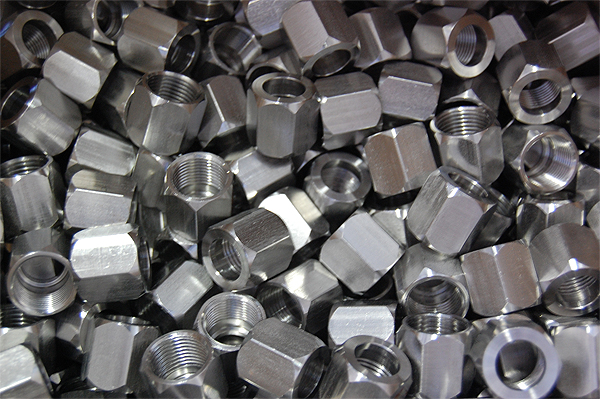PASSIVATION SERVICES FOR STAINLESS STEEL & OTHER METALS
Passivation Services Available:
Our experts offer a wide range of services related to passivation.
Stainless Steel Enhancement:
- Our passivation process is tailor-made for stainless steel components. Whether it’s surgical instruments, aerospace parts, or food-grade equipment, we ensure that the surface remains pristine and resistant to rust.
Corrosion Resistance:
- By creating that protective oxide layer, we significantly enhance the metal’s resistance to corrosive agents. Say goodbye to unsightly rust spots!
Surface Finish Optimization:
- Surface Finish Optimization: Passivation not only protects but also refines the surface finish. The result? A sleek, uniform appearance that meets industry standards.
Customized Passivation Solutions:
- We understand that each application has unique requirements. Our team crafts customized passivation protocols based on the specific alloy, geometry, and intended use of the metal. No one-size-fits-all here!
Suitable Metals for Passivation:
While stainless steel is the star player in passivation, other metals can benefit too. Here are some commonly passivated materials:
- Stainless Steel Alloys: 304, 316, 17-4 PH, and more.
- Titanium: For aerospace and medical applications.
- Tantalum: Used in chemical processing and electronics.
What is the Passivation Process?
Passivation is a post-fabrication treatment that renders a material passive or inert, preventing it from succumbing to chemical reactions that alter its composition and lead to eventual failure. In essence, it’s like providing armor for metals, making them more resistant to corrosion and oxidation. Here’s how it works:
Step 1: Free Iron Removal
- During passivation, we immerse metal surfaces (especially stainless steel) in an acidic solution. The goal? To bid farewell to any pesky free iron particles clinging to the surface. These iron remnants, if left unchecked, could trigger rust and other undesirable reactions.
Step 2: The Protective Oxide Layer
- Once the free iron is ousted, a thin, protective layer of oxide forms on the metal’s surface. This layer acts as a stalwart defender, thwarting further oxidation and corrosion. Not only does it enhance durability, but it also lends a polished appearance to the metal.

